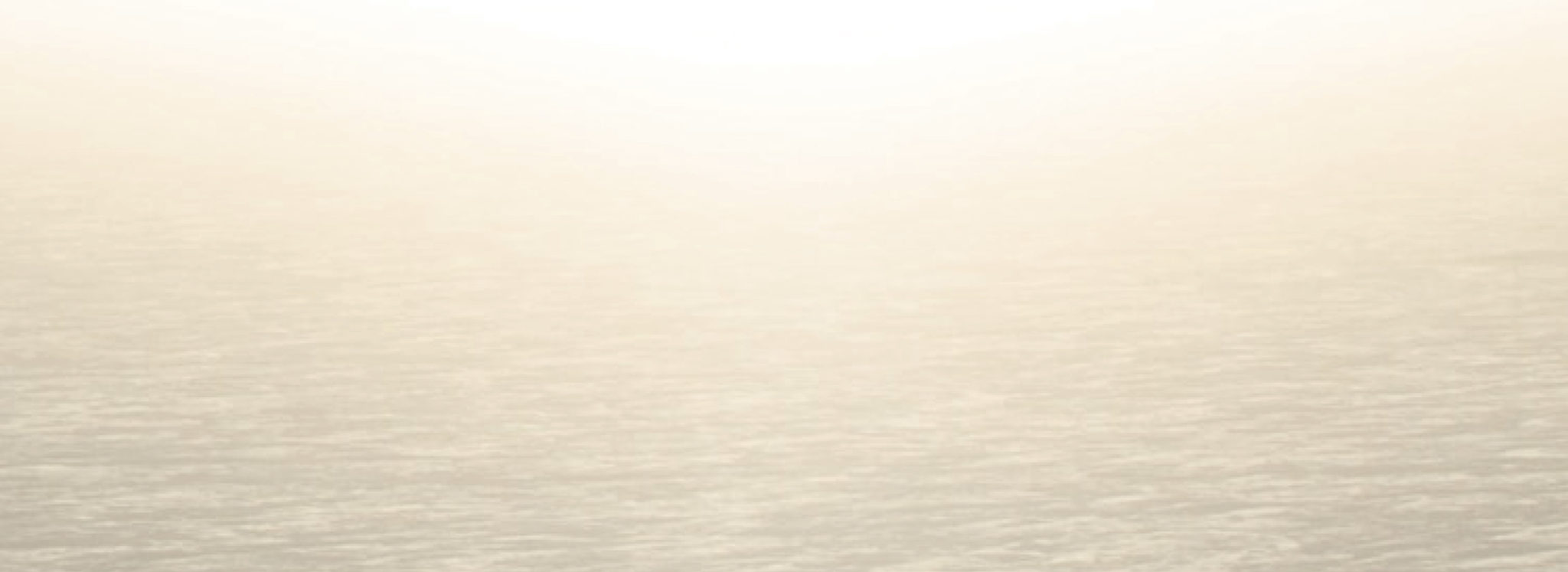The perception of feminine beauty
is governed by culture
While beauty is eminently subjective and very much “in the eye of the beholder”,
the notion of feminine beauty has greatly evolved over the centuries.
What similarities can one possibly hope to find between Botticelli’s Venus and the corseted courtesans of Versailles, between Rubens’ voluptuous nudes and the slender gentlewomen of the Middle Ages, between the pin-ups of the 1950s and the Scandinavian sylphs of the 1970s? Beauty is a concept firmly related to an era and a culture. It is variously appreciated according to a collectively accepted standard that differs widely between parts of the world such as China, the United States, Japan and Europe. A few examples?
Body art is very popular in Oceania and in Africa. Slender features, small feet and white skin are essential features in Asia. Beautiful hair and teeth are essential in the United States. An effortlessly natural look (nonetheless carefully put together) is the Holy Grail in France. Northern Europe is captivated by a healthy, athletic figure…
“Mirror, Mirror, on the wall, who is the fairest of them all?”
Standards of beauty have changed considerably in just over a century. Let’s take a little journey through time in western societies and ask Snow White’s famous question once again. This is what the mirror would have answered since 1900...

1910
Romantic beauty has curly hair in long ringlets and very fair skin, the exact opposite of country girls.
Icon: Evelyn Nesbit, American chorus girl and the world’s first supermodel.
1920
The flapper cuts her hair, shortens her skirts and smokes like a man while dancing the Charleston.
Icon: Louise Brooks, a strong character, imitated by all the fashionistas of the time.
1930
The 1929 crash has toned things down considerably. The corset is replaced by the girdle, women discover hair dye and a tanned look becomes trendy.
Icon: Greta Garbo in The Divine Woman, one of the rare stars of silent movies to have successfully made it into the world of talking movies.
1940
During the war, women dream of the glamor of American stars, pinning their hair up in rolls, keeping their eyebrows very thin and well-marked.
Icon: Rita Hayworth in The Lady from Shanghai and femme fatale par excellence.
1950
In the euphoria of the post-war period, women dare to expose staggering cleavages and sophisticated hair-dos. Bodies are revealed and tend to be small-waisted with long, tanned legs.
Icon: Marilyn, the ultimate 1950s sex symbol.

1960
The sexual revolution turns conventions upside down and women in jeans or mini-skirts become androgynous for the first time, with slender figures, short hair and little make-up.
Icon: Twiggy, the quintessential 1960s English model.
1970
The peace & love generation with its pretty long-haired hippy-style women rubs shoulders with the ultra-tanned and athletic American bombshell.
Icons: Jane Birkin for some, Farrah Fawcett for others.
1980
Ultra-busy superwomen discover the stress of the business world, beauty becomes synonymous with performance: a thin, tanned body, an impeccable XXL blow-dry, white teeth, a healthy look.
Icon: Elle McPherson, nicknamed “the Body”, along with the entire generation of millionaire super models.
1990
Grunge reigns supreme. Women are expected to be even thinner, wear virtually no make-up, keep their hour tousled and generally exude a tomboy style like an everlasting teenager.
Icon: Kate Moss, the Calvin Klein era.
2000
The quest for a slim, muscular figure demonstrates that a woman is in control of her image right down to the last detail; the rise of the fashionista.
Icon: Sarah Jessica Parker, heroine of the series Sex and the City.
2010
Open to the world, the feminine ideal remains rooted in a young, slim, natural, positive look.
Icon: Gisele Bündchen, the Brazilian super model who has reigned supreme on catwalks for more than 20 years.
By Anne-Marie Clerc - Illustrations Richard Atlan
Related articles
Inès de la Fressange
Inès de la FressangeIN FULL STRIDE She is as tall as she is stunning from top to toe of her six-foot frame. But Inès is not simply perfect from a physical perspective, she is also a global fashion icon. Gifted with exceptional talent, she recognizes trends and discerns everything that is aesthetically appealing. Inès de la Fressange […]
Charles Pépin
Charles Pépin«The effect that beauty has on us is not superficial» Philosopher, novelist and journalist, Charles Pépin has authored ten or so books that have been translated in many languages. Through his work titled “Quand la beauté nous sauve” (When beauty saves us) he invites us to look up to beauty as a way of experiencing a meaningful encounter with […]
Natural beauty
Natural Beautyten places, ten colors The world is a beautiful place! An obvious truth of which we sometimes still need reminding… In this edition devoted to beauty, we have decided to make our own, obviously completely arbitrary selection of ten breathtakingly colorful natural sites. TOO BEAUTIFUL…At a time when more than 2,000 photographs are published […]
When sights sets taste buds spinning
When sights sets taste buds spinning The way a dish is presented may turn out to be more than just a visual sleight of hand, instead playing a key role in contemporary cuisine. Has aestheticism become a decisive factor in gastronomy? We eat with our eyes before anything else and it is undoubtedly the first […]









